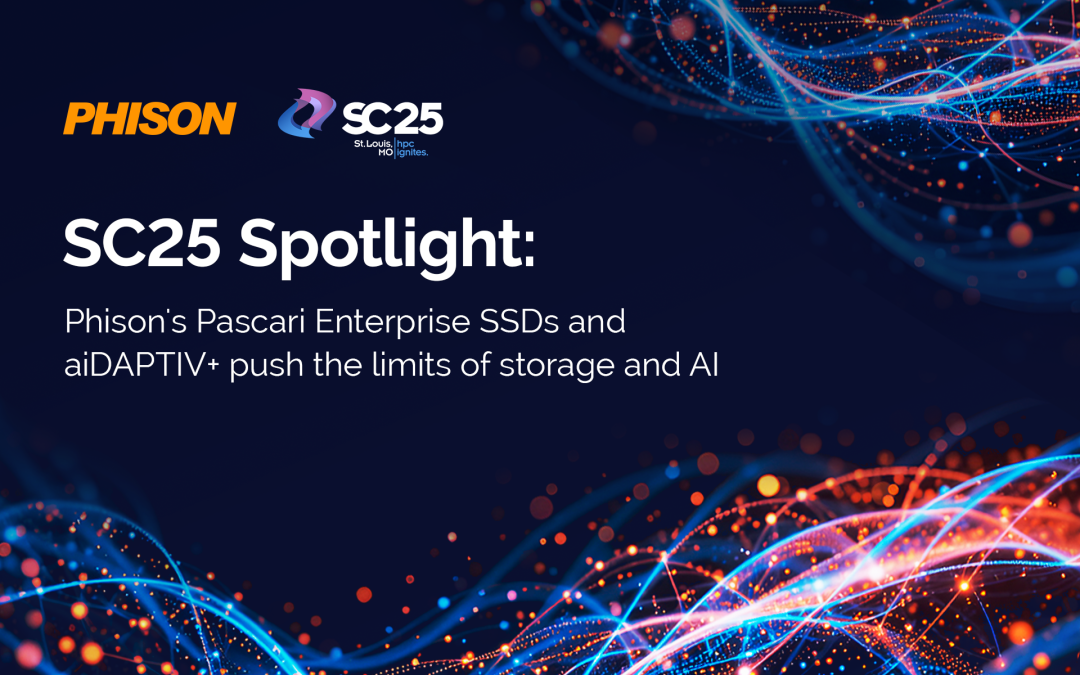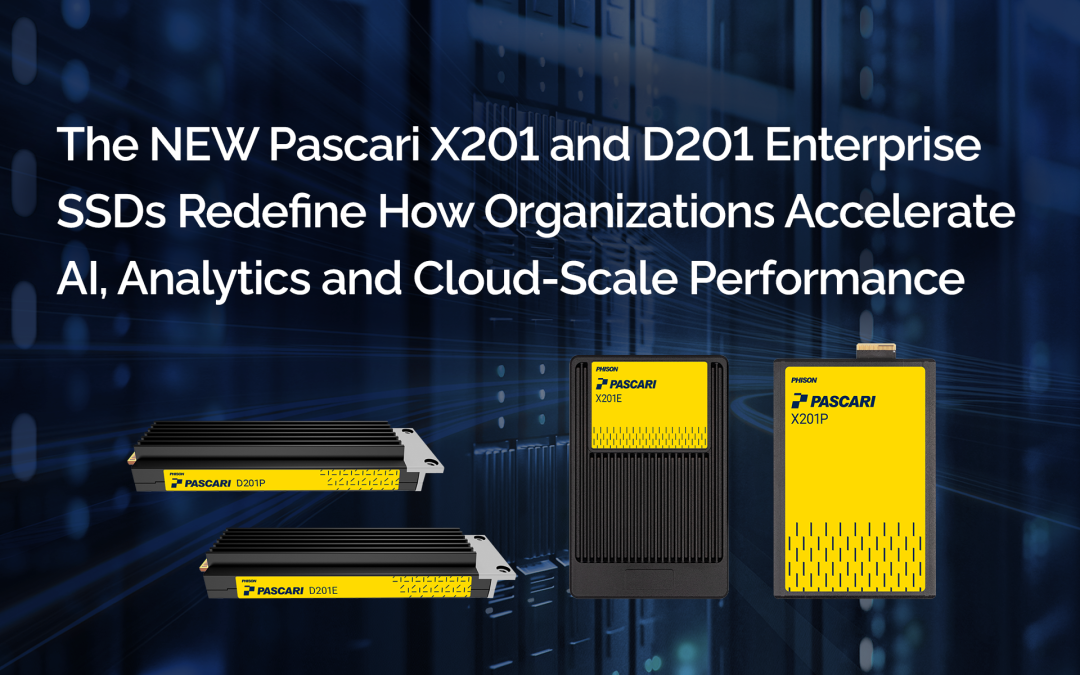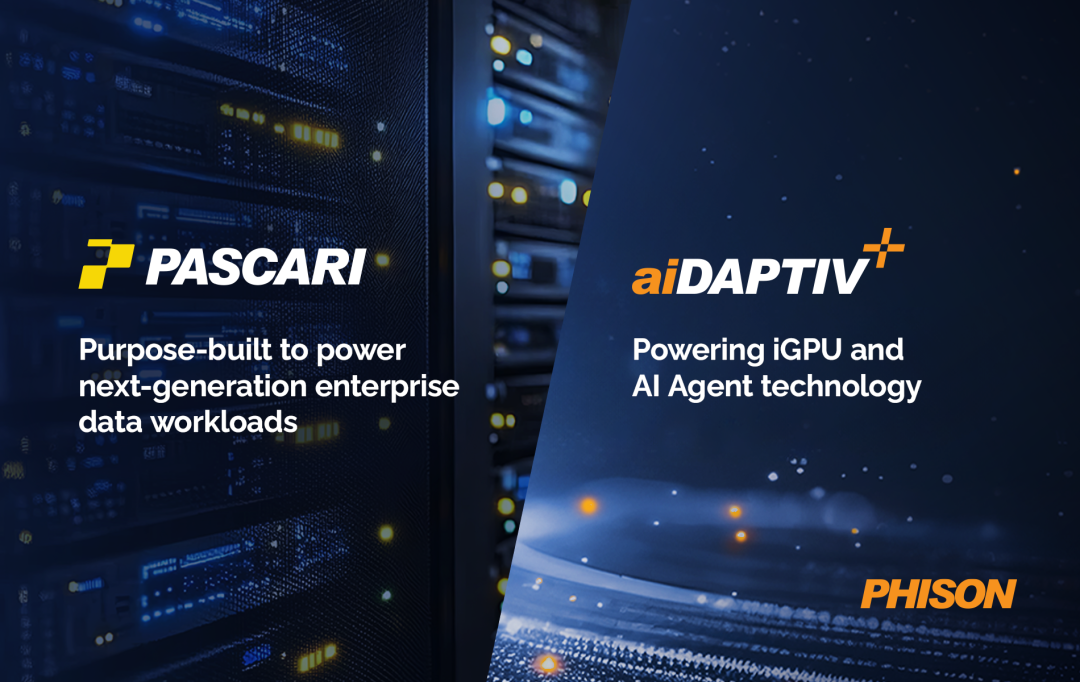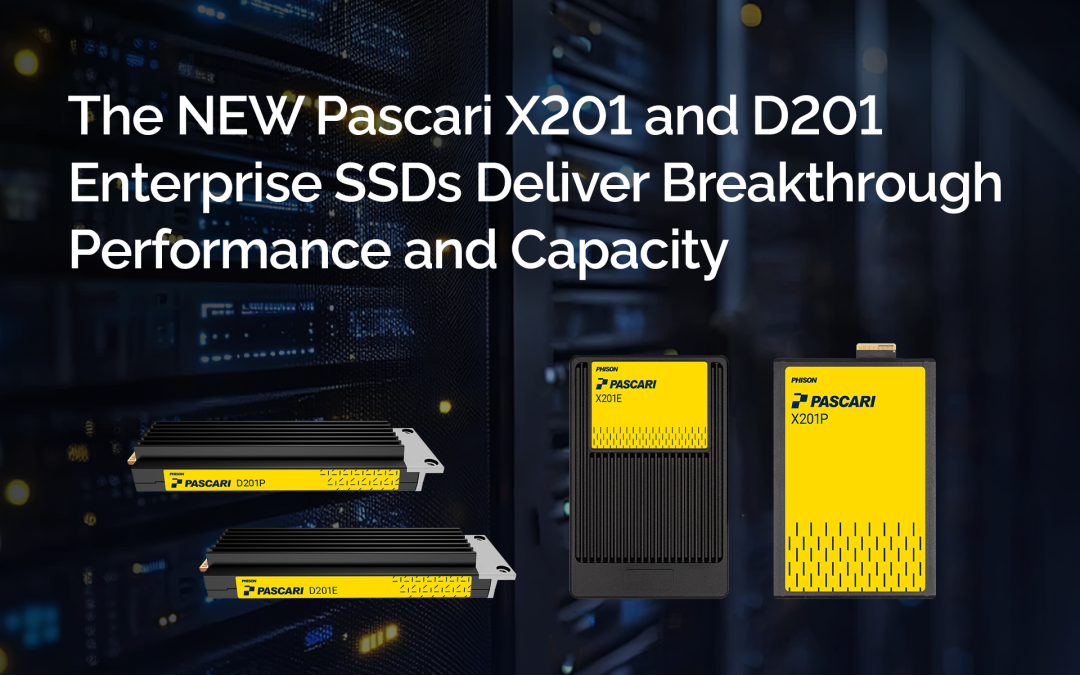Phison CTO Sebastien Jean recently sat down with David Livingston, host of The Space Show, which is a listener-funded and listener-supported program produced by the nonprofit One Giant Leap Foundation. Their discussion included listener questions and spanned a wide range of topics.
Note: The following article is a sample of the discussion and has been edited and condensed for length and clarity. Listen to the full recorded program on demand >>
David Livingston (DL): So storage in space. Let’s start at the beginning. Is Phison the only company doing SSDs for space or do you have competition there?
Sebastien Jean (SJ): There are currently individual teams developing their own storage and small companies developing specific radiation-hardened solutions. But more and more, we’re getting people knocking on our door at Phison saying, “Hey, can you work with us to develop a solution that will meet our needs?”
The big differentiation that we have from our competitors is that we don’t solely focus on volume, we also look for interesting opportunities to do something to enable other people’s aspirations. So this is where the space stuff comes in. Right now, it’s a small market, but it is expected to grow substantially in the next five or six years.
George from Denver, CO: If computer chips have been in space for more than 30 years, what’s the likelihood of incredibly advanced technology emerging that could jump the gap between where we are today, so that markets, applications and hardware change?
SJ: It will take a while, but instead of hoping for the perfect, game-changing technology, can we do something creative and interesting and open up new applications with the technology we have today? That’s what we’re focused on and that’s what our partners Skycorp and Lonestar are focused on. We’re looking at what’s available today and how we can enable additional things to move forward.
Innovation moves forward based on the use case. Another way of looking at it is “Necessity is the mother of invention.” Which is to say that when you need to solve a problem, you look at how you’re going to solve it the fastest and most economical way you can. And along the way of solving that problem, you’re going to discover something new. Engaging in something new that is different from what was done before will essentially spawn innovation by itself. So if you ask me right now, how is memory going to be different 10 years from now? If nothing changes, it’s going to be a lot like the way it is now, but cheaper, and the thing that will push it to become different are in the use cases, like space.
Ben from Atlanta, GA: Part of the commercial space development program is the massive development of cislunar space, the space between Earth and the Moon. What is the role of storage in an area as vast as cislunar space and when is something going to happen?
SJ: The way to answer that question is to ask why would we be there in the first place? Besides scientific knowledge and tourism, you have industrial applications. You can make things in space. You can mine things in space. Those are two additional use cases that open up need for communication in space.
The signal lag from Earth to the moon is about two and a half seconds. To put that in perspective, signal lag of transatlantic cable is 0.05 seconds. And if you know anybody who plays games, they’re always talking about lag. It generates frustration even when we’re talking about very tiny numbers.
That latency is less of a concern when you’re doing bulk data transfers. Because if you’re doing an 18-hour data transfer of terabytes of data, having 2.5 additional seconds before the first bit gets to the far end is much less important.
There will inevitably be an internet on the moon between the various little hamlets that pop up there. There will be local storage on the moon, and between the Earth and the moon there are going to be vast pools of information measured petabytes. I mean, a short-term goal is petabytes. After that, it’ll be exabytes.
This is where the cloud storage service providers are well-suited to enter into that space, because they’re already providing distributed remote storage. To extend that one step further is not a paradigm shift, but rather an evolution of what they’re already doing today.
Josh from Baltimore, MD: If I’m a space settler and I’m taking my laptop or smartphone with me, will my regular hard drives and storage work on the moon, for instance, or would I need to use a device specially designed for space?
SJ: The short answer is you can take your device into space right now. The technology in and of itself would work just fine. And in fact, the protection that we have to put in the spacecraft to keep the human body alive does a great job of protecting electronics as well. So while you’re in a spacecraft and still breathing and alive, your electronics are probably in a very benign environment.
When it comes to leaving the spacecraft, there might be a need to put sensitive electronics into a shielded case, just like how you didn’t used to run high ISO film through an X-ray. But devices today could take being pushed through an X-ray machine just fine and that’s tons of energy being bombarded into a nice, narrow area, compared to the normal ambient amount of background radiation in space.
So you’d be just fine. But on the storage side, losing data is kind of a big deal. So we design our solutions intrinsically to be very robust.
DL: This revolution in commercial space has been nothing short of revolutionary for those of us who are interested in space. Would you say that commercial space has been revolutionary for your business too?
SJ: At the moment, it’s still quite small. But it does make us ask, what does it take to make our product better for space? It’s already good but anything can be better.
Phison makes almost all of its own IP, or intellectual property. When we make a chip, almost all of it is our design except for the CPU. Because we design our own stuff, we have the ability to modify it. We’re always looking at how can we make it better? How can we make it lower power?
And now because we have partners that are more knowledgeable than us in things like space requirements, we have conversations where they say, It’d be really great if on the next one, you could do this. And so we are now starting to roll on iterative improvements on things that we can add for space that don’t necessarily blow the cost of the part out of the budget of the primary market, which is typically laptops, cell phones or enterprise servers.
We’re also finding more and more use cases for very, very high density storage, which brings its own set of challenges and interesting problems to solve. Where will it all go? Of course, nobody knows. But every time you encounter an interesting problem, you have the opportunity to do something new and create something that wasn’t available before. And that’s what makes it super interesting for us.
John from Fremont, CA: You were talking earlier about how our equipment will work just fine in space. Where are the servers?
SJ: They’re coming. If you look at what’s been published in the last few months, there are various service providers that have landed contracts with government agencies that can fund them—because it’s tremendously expensive. And the focus has been essentially extending the cloud beyond our upper atmosphere.
And the question is, why bother? The short answer is that by having things in orbit you’re no longer tied to a geography or to undersea cables, which are attackable. They can be destroyed. So now, you’re sending laser links to things in orbits. And then as the number of scientific or industrial missions on the moon increase, there’s going to be a need to compensate for that signal lag and also provide things like entertainment without paying the massive cost of sending each stream 10 times a day as individual users come on.
So those servers will come. In fact, one of our partners, Lonestar, is putting storage servers on the moon. This is public information on their website. Their initial mission is to put backup servers on the moon because the moon is a natural satellite that requires no energy to keep where it is. And it has the same side that’s always facing the Earth. That’s a great application to put servers on, and that’s what they intend to do.
For Mars, the signal lag is even longer so there will be a need for essentially local compute and local caching. And then a backhaul to the source of all that data, which is Earth. There’ll be an exchange of data, but it’s going to be a long time before, for example, television programs are made on a joint Mars-Hollywood kind of deal. So while they’re still made on Earth, they’ll need to be shipped out and then stored in the same model that the streaming providers have today. They have servers distributed around their various geographic locations, and then eventually, that will just extend to the moon and Mars.
Want to hear the complete recorded program? Listen on-demand here.











